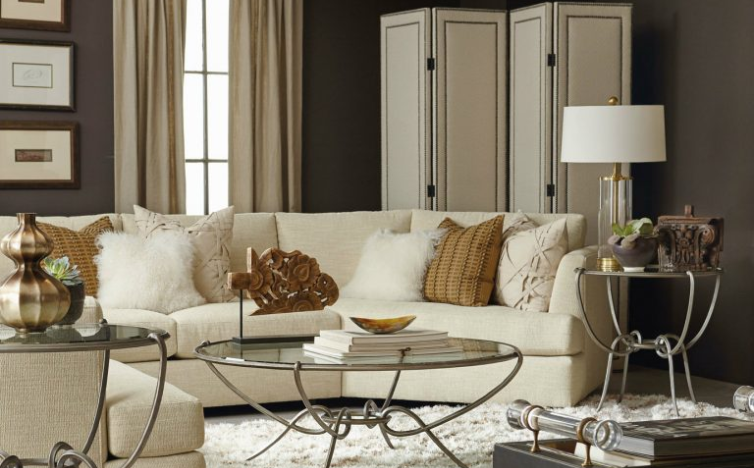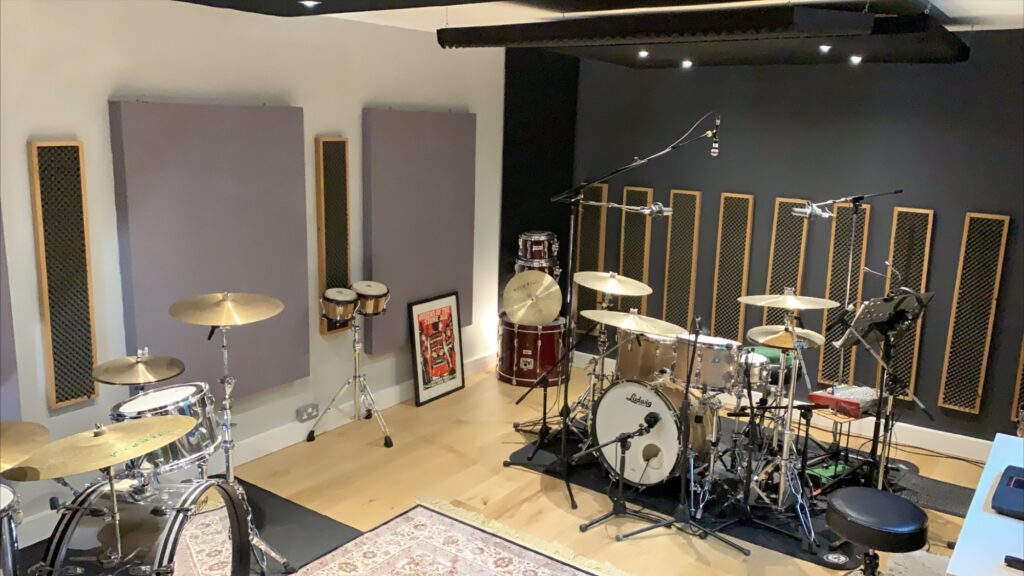Noise pollution is a common issue in modern homes, whether from outside traffic, noisy neighbors, or internal echoes. While soundproofing materials are effective, they can be costly and intrusive. A simpler, more affordable solution lies in proper furniture placement. By arranging your furniture strategically, you can significantly reduce sound transmission and create a quieter, more peaceful environment.
How Furniture Affects Sound
Furniture plays a crucial role in absorbing and deflecting sound waves. Soft materials like upholstered sofas, rugs, and curtains absorb sound, while hard surfaces like walls and floors reflect it. By positioning furniture to break up sound paths, you can minimize echoes and reduce noise levels. Understanding this principle is the first step to creating a quieter space.

Place Furniture Against Walls
One of the simplest ways to reduce sound is by placing large furniture items, such as bookshelves or wardrobes, against shared walls. These pieces act as barriers, blocking sound from entering or leaving a room. For even better results, fill bookshelves with books or decorative items to increase sound absorption.
Use Rugs and Upholstered Furniture
Hard floors can amplify sound, creating echoes and making rooms feel noisier. Placing rugs on the floor and incorporating upholstered furniture like sofas, chairs, and ottomans can absorb sound waves, reducing reverberation. This is especially effective in living rooms and bedrooms where comfort and quiet are priorities.
Create Sound Barriers with Furniture
Arrange furniture to act as sound barriers between noisy areas and quiet zones. For example, position a sofa or a tall cabinet between a home office and a living area to block sound. This approach is particularly useful in open-plan spaces where sound travels freely.
Optimize Furniture Layout for Acoustics
Avoid pushing all furniture against the walls, as this can create a hollow, echo-prone space. Instead, place furniture in clusters or at angles to break up sound waves. Adding a mix of soft and hard surfaces in your layout can further enhance sound absorption and diffusion.
Incorporate Decorative Sound-Absorbing Elements
Beyond furniture, consider adding decorative elements that absorb sound, such as wall hangings, tapestries, or acoustic panels disguised as art. These items not only enhance your décor but also contribute to a quieter environment.
Call us: Contact Waseem Technical Soundproofing Expert in Dubai For Soundproofing: +971 50 209 7517
Conclusion
Proper furniture placement is a cost-effective and stylish way to reduce noise in your home. By strategically arranging furniture to absorb and block sound, you can create a more peaceful and comfortable living space. Experiment with these tips to find the best layout for your needs and enjoy the benefits of improved acoustics.




